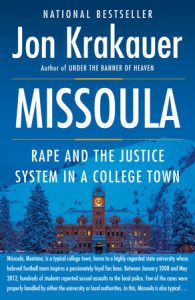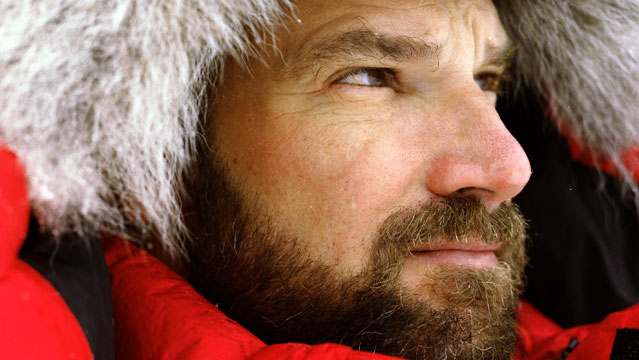By Jillian Benedict
I have been trying to develop a project for this semester at the Digital Scholarship Center that is related to my area of study. As an M.F.A. in creative writing, developing a project was a little more difficult than I had thought it would be. After wracking my brain for about a month, I found a project that was not only related to my field, but to my thesis project as well.
The genre of creative nonfiction has been a hotly debated topic in writing circles since Creative Nonfiction Magazine was founded by Lee Gutkind in 1994. To many, Gutkind included, the word “creative” in creative nonfiction “refers to the use of literary craft, the techniques fiction writers, playwrights, and poets employ to present nonfiction—factually accurate prose about real people and events—in a compelling, vivid, dramatic manner. The goal is to make nonfiction stories read like fiction so that your readers are as enthralled by fact as they are by fantasy” (What is Creative Nonfiction?).
As a fiction writer attempting a long piece of nonfiction for my thesis, how do I write a piece that is both completely true and (to use Gutkind’s word) compelling while utilizing aspects of artistic style.
Style, like the equivalent of a person’s thumbprint, is unique to every individual. That’s not to say that everyone who writes is the next Ernest Hemmingway, but it does suggest that every work from an author should be identifiable based on his/her style. While style does not change drastically, I am curious as a writer and as a researcher to see if the style of a nonfiction writer’s body of work changes over time.
My chosen example is Jon Krakauer, who has written numerous nonfiction books over a span of thirty years ranging in topic from autobiography/memoir to biography, giving me a nice corpus to work with. I plan to do this by scanning the text of some of Krakauer’s most famous novels (From Into the Wild to his latest novel Missoula: Rape and the Justice System in a College Town).

Missoula: Rape and the Justice System in a College Town. Courtesy of jonkrakauer.com.
I plan to use the program R, specifically the Stylo package, which is a program that uses stylometry to find patterns in word frequency, word length, phrases. With this program I hope to track whether or not the patterns in Krakauer’s work are altered or changed throughout the course of his writing career. This is an extremely broad research topic and I am unsure about what I will or will not find, but as I move forward with my nonfiction thesis and look back on my own life experiences and how I have grown from when my story takes place to where I am at this current moment in time, I am curious to see if Krakauer’s writing style changes as he himself matured over his lifetime.
What is Creative Nonfiction? Creative Nonfiction Magazine, 2012, www.creativenonfiction.org/online-reading/what-creative-nonfiction. Accessed 27 Sept. 2016.

So what were the outcome of your research? I am also pursuing a similar research and was eager to know.